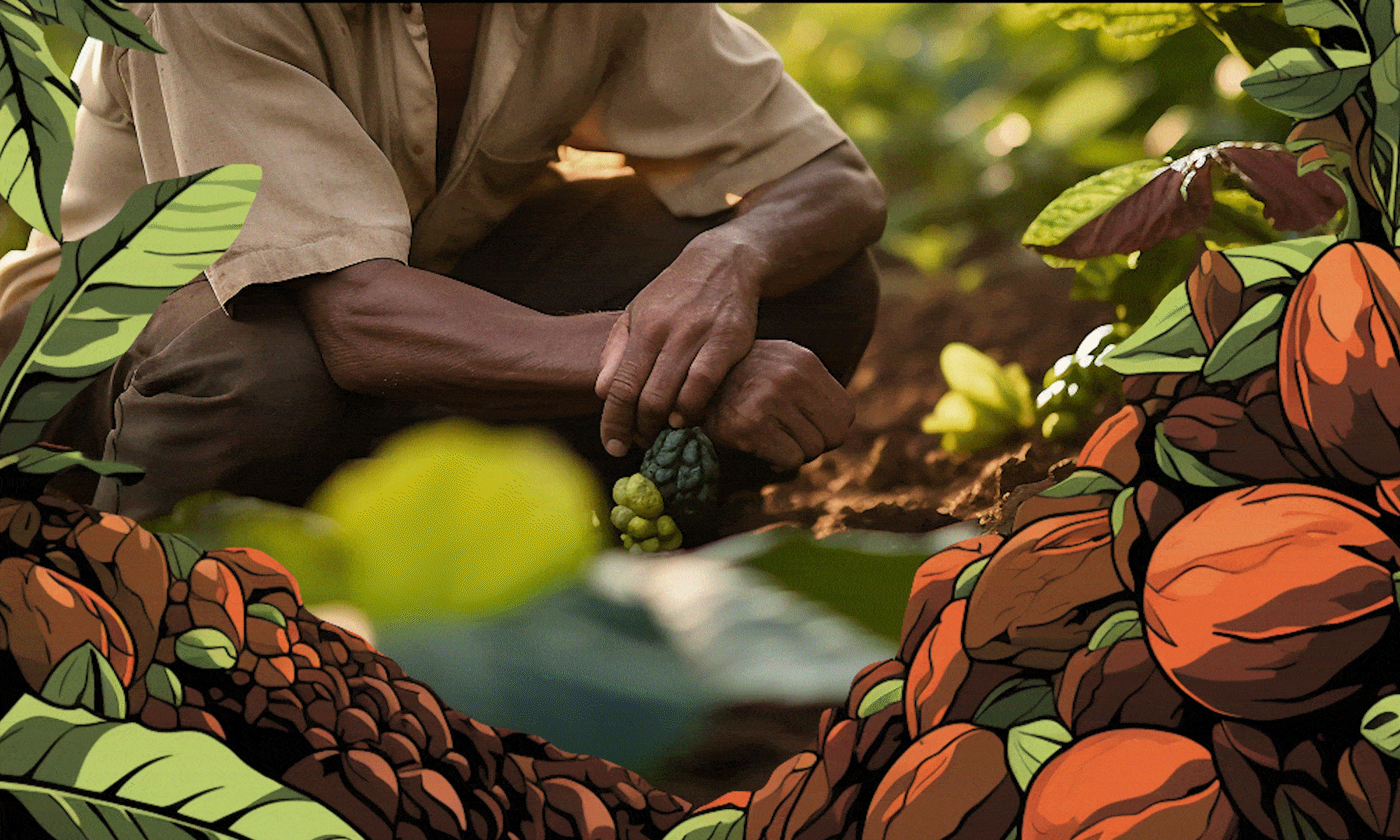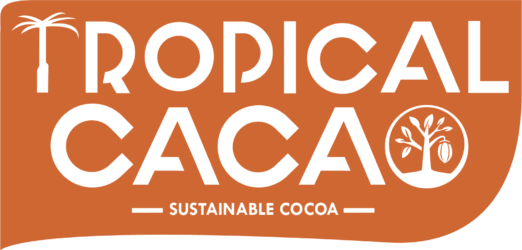Fermentation is a vital step in cacao processing that profoundly influences the flavor and quality of chocolate. While often overlooked, this natural process is the foundation of the complex taste profiles we associate with high-quality chocolate. In this article, we’ll explore the science behind cacao fermentation, how it affects flavor development, and its importance in producing premium chocolate.
Understanding Cacao Fermentation
Fermentation is the first stage of post-harvest processing, transforming raw cacao beans into the flavorful ingredients used to make chocolate. It occurs immediately after the beans are extracted from the cacao pods and left in their sticky, sweet pulp.
The Fermentation Process
- Harvest: Ripe cacao pods are harvested and carefully opened to extract the beans and pulp.
- Pulp Breakdown: The sugars in the pulp undergo fermentation, driven by natural microorganisms like yeast and bacteria.
- Temperature Rise: The fermentation process generates heat, raising the temperature to 40–50°C (104–122°F).
- Flavor Formation: During fermentation, chemical reactions develop flavor precursors that will emerge during roasting.
The Science of Fermentation
Fermentation is a multi-phase process involving different microorganisms, each contributing to flavor development:
- Yeasts: Convert sugars in the pulp into alcohol, releasing carbon dioxide and forming the foundation of flavor precursors.
- Lactic Acid Bacteria: Transform alcohol into lactic acid, softening the beans and enhancing acidity.
- Acetic Acid Bacteria: Convert alcohol into acetic acid, penetrating the beans and triggering enzymatic changes.
Chemical Changes in the Beans
Flavor Precursors: Amino acids and reducing sugars form, which are essential for the Maillard reaction during roasting.
Bitterness Reduction: Fermentation reduces the inherent bitterness of raw cacao beans.
Color Development: Polyphenols oxidize, changing the beans from purple to brown.
How Fermentation Affects Chocolate Flavor
The length and quality of fermentation play a crucial role in determining the flavor profile of chocolate.
Key Flavor Influences:
- Proper Fermentation: Results in well-rounded flavors, balancing acidity, sweetness, bitterness, and astringency.
- Over-Fermentation: Can produce off-flavors like sourness or moldy notes.
- Under-Fermentation: Leads to flat, underdeveloped flavors, often with excessive bitterness.
High-quality fermentation enhances fruity, nutty, floral, and even spicy notes, creating the complexity sought after in premium chocolate.
Traditional vs. Controlled Fermentation
Fermentation practices vary across regions and farms.
Traditional Fermentation
Method: Beans are placed in wooden boxes, banana leaves, or baskets and left to ferment naturally.
Time Frame: Typically lasts 5–7 days.
Challenges: Outcomes depend on weather, ambient temperature, and microbial activity, leading to variability.
Controlled Fermentation
Method: Involves monitoring and adjusting temperature, airflow, and microbial activity for consistent results.
Advantages: Ensures uniform flavor development and quality.
At Tropical Cacao, we work with farmers to implement best practices for fermentation, striking a balance between traditional methods and modern techniques.
The Role of Fermentation in Chocolate Quality
Fermentation is the starting point for creating chocolate with distinctive flavors. Even the finest cacao beans will fail to produce high-quality chocolate without proper fermentation.
Benefits of Quality Fermentation:
Enhances Complexity: Unlocks a spectrum of flavors, from fruity and floral to nutty and earthy.
Reduces Defects: Mitigates undesirable characteristics like bitterness and astringency.
Improves Market Value: Well-fermented beans command higher prices, benefiting farmers.
Challenges in Cacao Fermentation
Fermentation is not without its challenges, especially for small-scale farmers:
- Environmental Variability: Temperature and humidity fluctuations can disrupt fermentation.
- Time and Labor: The process requires careful monitoring and regular turning of the beans.
- Lack of Knowledge: Limited access to training and resources can result in inconsistent outcomes.
At Tropical Cacao, we provide training and resources to help farmers optimize their fermentation processes, ensuring both quality and sustainability.
Innovations in Cacao Fermentation
As the demand for fine chocolate grows, innovations in fermentation are transforming the industry:
- Starter Cultures: Introducing specific yeast and bacterial strains for precise flavor development.
- Temperature Control: Using advanced equipment to maintain ideal fermentation conditions.
- Digital Monitoring: Technology enables farmers to track and adjust fermentation in real time.
These innovations empower farmers to produce consistently high-quality cacao, elevating their beans to international standards.
Supporting Farmers Through Fermentation
Fermentation is a critical step that directly impacts farmers’ livelihoods. By prioritizing fermentation quality, farmers can achieve better market prices and recognition.
At Tropical Cacao, we support farmers through:
Education: Workshops on fermentation techniques and quality standards.
Infrastructure: Providing tools like fermentation boxes and monitoring equipment.
Fair Trade Practices: Ensuring farmers receive fair compensation for their high-quality beans.
Conclusion
Fermentation is the cornerstone of chocolate production, shaping the flavor, quality, and value of cacao beans. By understanding and optimizing this process, farmers can produce exceptional cacao that meets the demands of premium chocolate makers.
At Tropical Cacao, we are committed to advancing fermentation practices through innovation, sustainability, and collaboration with farmers. Together, we’re creating a future where every bean tells a story of craftsmanship and care.
Learn more about our efforts and the journey from farm to bar at Tropical Cacao.

